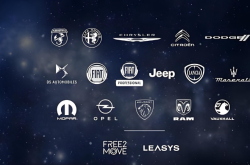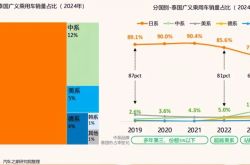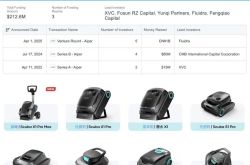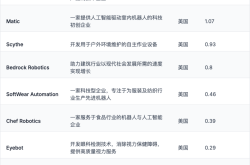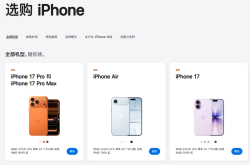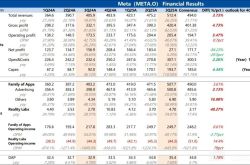Which Agents are enterprises paying for? Value delivery is the only pass
![]() 07/22 2025
07/22 2025
![]() 680
680

The challenges for B-end Agents have shifted from technological exploration to value definition and scenario implementation.
Author | Xiaowei
In 2025, Agents will not only become the standard configuration for SaaS enterprises but also a crucial node for rapid entry into large-scale commercial use. So, do enterprise customers buy into it? What is the actual application effect of Agents?
As a novel product form, B-end Agents differ significantly from traditional software and SaaS in terms of value definition, R&D models, and iteration cycles. Although the US may be slightly ahead in the implementation process of B-end Agents, the global market is essentially on the same starting line, meaning there are no particularly mature examples to refer to, and everyone is in the exploration phase.
Unlike general-purpose C-end Agents, the challenges for B-end Agents have shifted from technological exploration to value definition and scenario implementation: how to jointly identify specific business scenarios with customers and make Agents an integral part of business processes. For SaaS enterprises, this is not only a technological innovation but also a profound restructuring of business models and collaboration ecosystems.
Since launching its first batch of Agent products in March this year, Salesforce has quickly established a closed loop of "product trial - customer feedback - performance iteration - commercial implementation" through the application practice of hundreds of customers. At the same time, it has explored more Agent implementation scenarios through the R&D paradigm of co-creation with leading customers. Recently, Liu Zhiqiang, CTO of Salesforce, and Luo Yi, Vice President of Products, shared the story behind the implementation of Salesforce AI CRM-NeoAgent.
Anchor Point:
Why do customers pay?
"The decision-making of enterprise customers actually has a very clear standard: whether the Agent can truly generate value for the enterprise's business. If yes, I will pay; if it's just a toy, it might end after a trial."
Luo Yi, Vice President of Products at Salesforce, succinctly captured the essence of enterprise customers' decision-making.
Through the application practice of hundreds of customers, Salesforce has verified the mature commercial paths of Agents in the three major scenarios of marketing, sales, and service, and accurately identified the three core demands of customers for Agents: performance, convenience, and growth. These three value decision points are also the starting points for Salesforce to develop all Agent products.
First, performance-driven: improving efficiency and data quality
"The selection of Agents is completely business value-oriented and is often jointly decided by the enterprise's business or sales leader and the CIO. What are the customer's decision points? First, whose accuracy is higher, and whose performance is better, that is, the return on investment," said Luo Yi.
In the past, due to the setting of multiple forms, sales personnel had to spend a lot of time on data entry every day, resulting in low-quality input information and the inability of enterprises to obtain first-line real data. The Sales Assistant Agent enhances sales efficiency and data quality from the source through natural language interaction.
For example, the "all-knowing" tool in the Sales Assistant Agent can help sales personnel obtain the information needed for work with one click, "check CRM" to obtain all historical interaction data of customers, and "ask knowledge base" to retrieve specific product information of the company at any time. In the past, it required time and effort to fill out visit records, new customer entries, work reports, etc. Now, with voice input, the Agent can automatically generate an initial version of the document with accurate formatting, which can be submitted after slight adjustments.
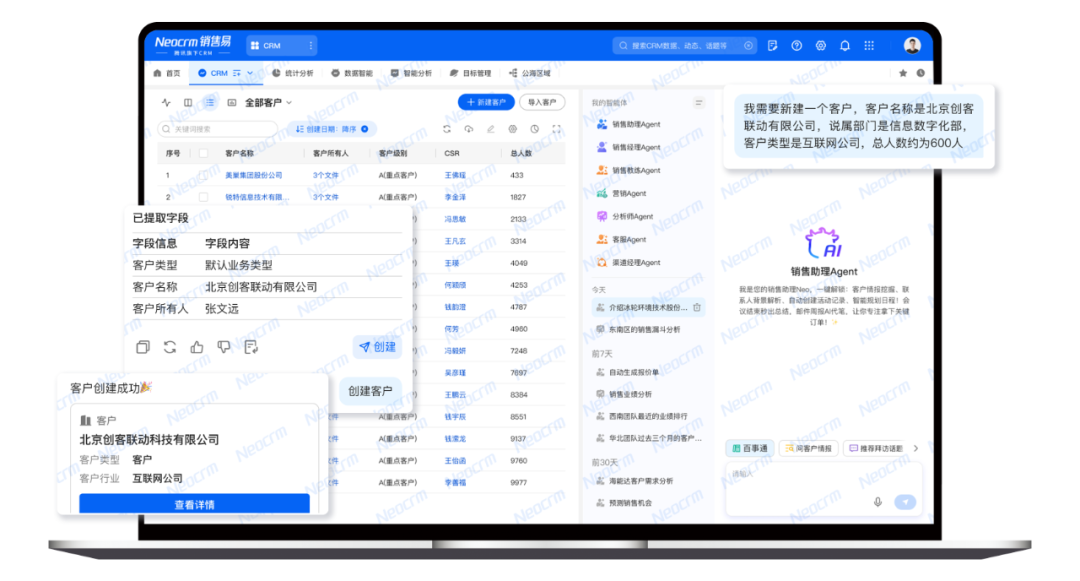
Salesforce Sales Assistant Agent Diagram
With the Analyst Agent, managers only need to ask questions in natural language, and the Agent can automatically integrate multi-dimensional data (CRM, knowledge base, external business information, etc.) and present data insights in a visual way.
Second, convenience: whether it can be quickly implemented
"Beyond performance, customers prioritize whether it can be quickly implemented to quickly present business value," said Luo Yi.
An Agent that truly generates value for an enterprise must be "natively" grown on top of core business systems such as CRM. Therefore, it can seamlessly connect to the raw data, data permissions, and complex business processes of the CRM system naturally.
Due to being native to the CRM system, the entire Salesforce Agent product line has the characteristic of being ready-to-use out of the box. Enterprises can also tailor Agents on the Agent platform to meet their specific business needs.
Third, business growth, realizing the commercial value transformation of Agents
"The ultimate goal of the CRM system is to help enterprises achieve performance growth, which first requires helping enterprises select high-quality customers, which must be supported by high-quality data insights. The integrated lake and warehouse data platform is the support for the intelligent capabilities of Agents," said Liu Zhiqiang, CTO of Salesforce.
The intelligent capabilities of Salesforce's entire Agent line are built on a real-time multi-modal integrated lake and warehouse data platform. This platform connects multi-dimensional enterprise information databases, including CRM system data, external third-party data such as business data and bidding data, and internal knowledge document data of enterprises. Therefore, Agents can make intelligent analysis and decisions based on 360-degree customer data.

Co-creation:
An accelerator for the implementation of Agent value
Traditional software development often follows a fixed path: product managers design functions, R&D teams develop, and finally, it is pushed to the market. In the era of AI, this model is undergoing a fundamental transformation.
As Liu Zhiqiang said, "In the era of AI, I believe the biggest difference from previous software lies in the definition of value. It is somewhat unclear what value AI can provide to enterprises in terms of scenario implementation. We hope to explore the last mile of value implementation through co-creation and also verify our product capabilities through typical scenarios of benchmark customers."
Salesforce has chosen a different product development path - establishing an agile collaboration model with leading customers that is deeply bound. The latest "Channel Manager Agent" and "Marketing Agent" launched by Salesforce were both born in workshops with customers over the past few months.

Taking Michelin China as an example, in the past, hundreds of front-line sales personnel needed to spend the entire morning manually filling out customer visit plans every Monday. This was not only a waste of time but also inefficient use of valuable human resources. Salesforce's "Sales Assistant Agent" can automatically generate a visit plan for 30 customers per week for each salesperson in just 3 minutes, helping sales personnel focus more energy on more valuable work.
In terms of customer data quality, Agents also demonstrate huge potential. In the past, after Michelin sales personnel visited dealer stores, there was inevitably subjective embellishment when filling in visit records, leading to the enterprise being unable to obtain the most authentic activity records. The "Channel Manager Agent" significantly reduces manual intervention by intelligently extracting key information from visit recordings, ensuring the authenticity and completeness of the data.
The marketing pain points of a large multinational manufacturing enterprise further illustrate the value of Agents in driving growth. In traditional methods, mining the value of existing customers required marketers to formulate complex rules and repeatedly attempt screenings, which was inefficient and time-consuming. Salesforce's "Marketing Agent" emerged at the right time, capable of intelligently mining customer personas from massive data, automatically generating and executing personalized marketing strategies, directly pointing to the core growth proposition of the enterprise.
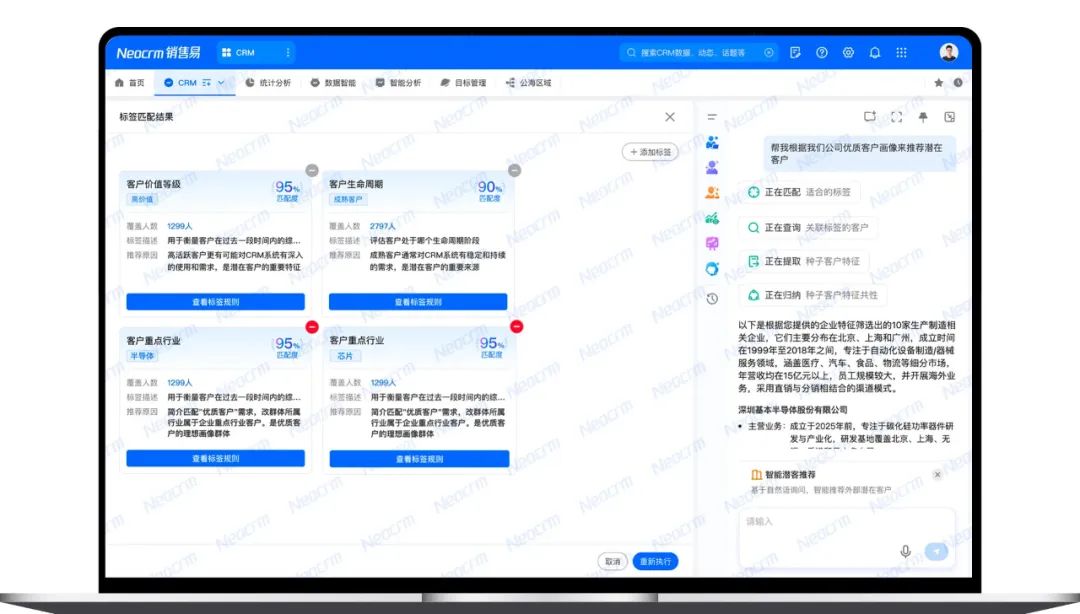
Salesforce Marketing Agent Diagram
It can be seen that Agents have pushed the co-creation model between SaaS enterprises and customers to a new stage, and the value brought by this co-creation model is multi-dimensional:
For customers: They are no longer passive recipients of products or services but actively participate in defining value and scenarios to ensure that Agents accurately address their most pressing business pain points. Agents are also redefining the growth mode of enterprises: from passive waiting to active creation, from experience-based judgment to data-driven.
For SaaS enterprises: Co-creation enables products to be polished in real scenarios, quickly iterated, and value propositions verified, avoiding working behind closed doors.
For the industry: It can quickly precipitate replicable benchmark cases and solutions, exploring directions for the large-scale implementation of Agent applications.
Strengths: Triple barriers of technology, ecology, and experience
In today's rapid popularization of AI Agents, how can SaaS enterprises build unique competitive advantages? The practice of Salesforce provides us with a clear path.
Foundation: A solid foundation of data and capabilities
For enterprise-level Agents, data is the source of all capabilities. Salesforce understands this well and builds comprehensive data capabilities with the basics of CRM as the core foundation. This is not just simple data accumulation but the deep integration and intelligent application of data through integrated lake and warehouse technology.
360-degree panoramic customer data is not just a technical concept but a powerful tool for enterprises to gain insights into the market and grasp customer needs. By precipitating best practices and methodologies in different industries, Salesforce endows Agents with more precise industry wisdom. This deep understanding based on data makes Agents not just general-purpose technical tools but intelligent assistants with industry characteristics.
Ecosystem: A collaborative engine deeply integrated with Tencent
The deep cooperation between Salesforce and Tencent Cloud provides powerful technical support for the rapid implementation of Agents.
As Luo Yi said, "Our ability to quickly launch Agent products and empower customers' actual businesses in production scenarios is inseparable from our deep cooperation with Tencent." This cooperation permeates all aspects of technology research and development: from the selection of underlying models to RAG (retrieval-augmented generation) technology and the application of vector databases, the Tencent Cloud expert team provides comprehensive technical advice and assistance to Salesforce.
Experience: An innovative model of developer empowerment
The ultimate value of technology lies in its use. The innovation of Salesforce lies in the fact that they have not enclosed Agent technology within their own fortress but have handed over development autonomy to enterprises. Through the NeoAgent platform, enterprises can also flexibly customize and adjust the functions of Agents according to their specific needs.
This open platform design essentially constructs an ecosystem of enterprise-level Agents. It not only lowers the technical threshold for enterprises to access but also provides enterprises with the maximum degree of technical autonomy.
Conclusion
Through the innovative practice of Salesforce Agents, it can be seen that enterprises do not pay for technological concepts but for business increments, and only what can create value is productive.
At the same time, Agents are not just a technology but also an innovation in business models. In this process, customers are no longer passive recipients but active co-creators; SaaS enterprises are no longer closed fortresses but open ecosystems.
In this era full of possibilities, only by maintaining an open, agile, and co-creative mindset can the commercial value of Agents be truly unleashed.

